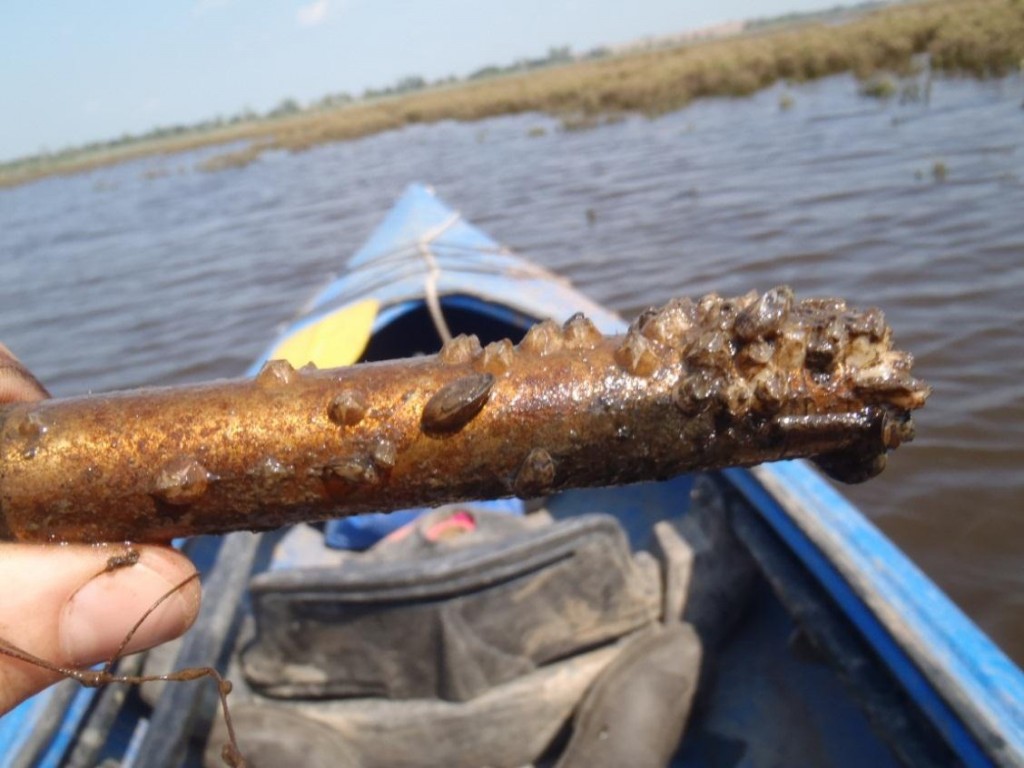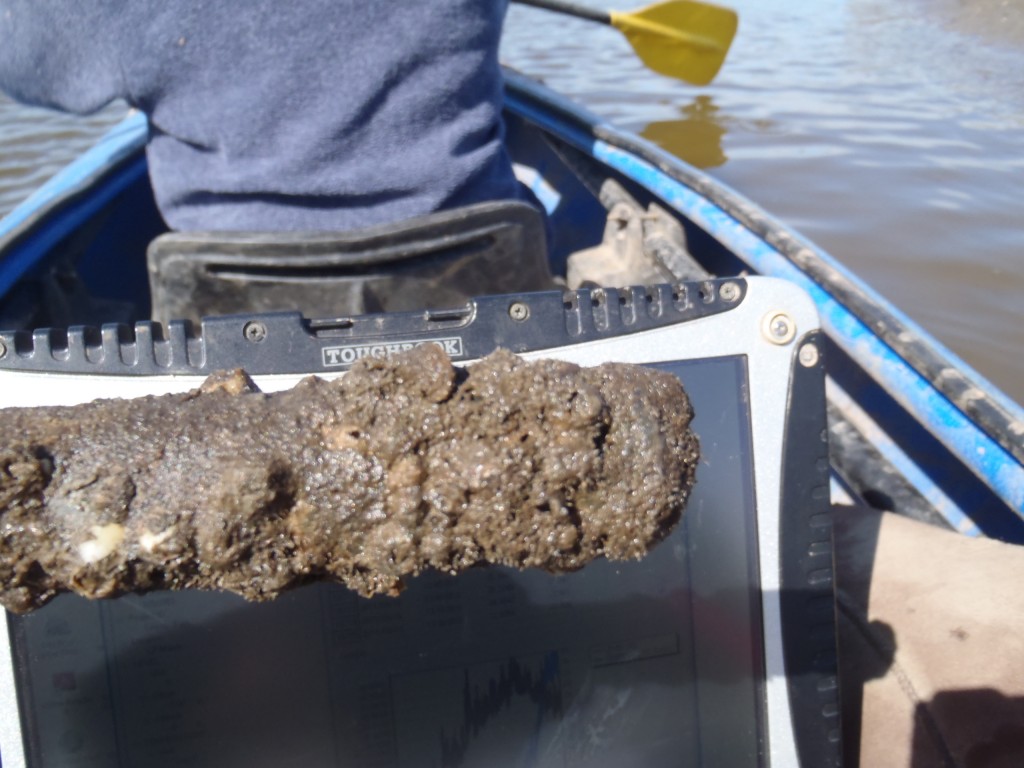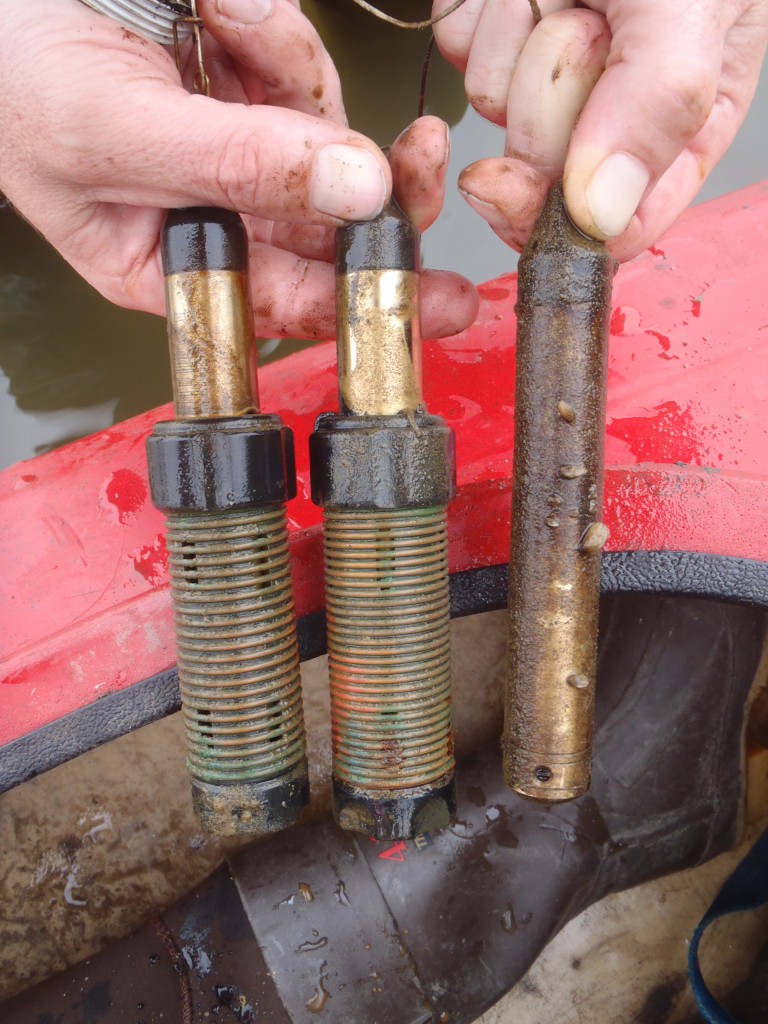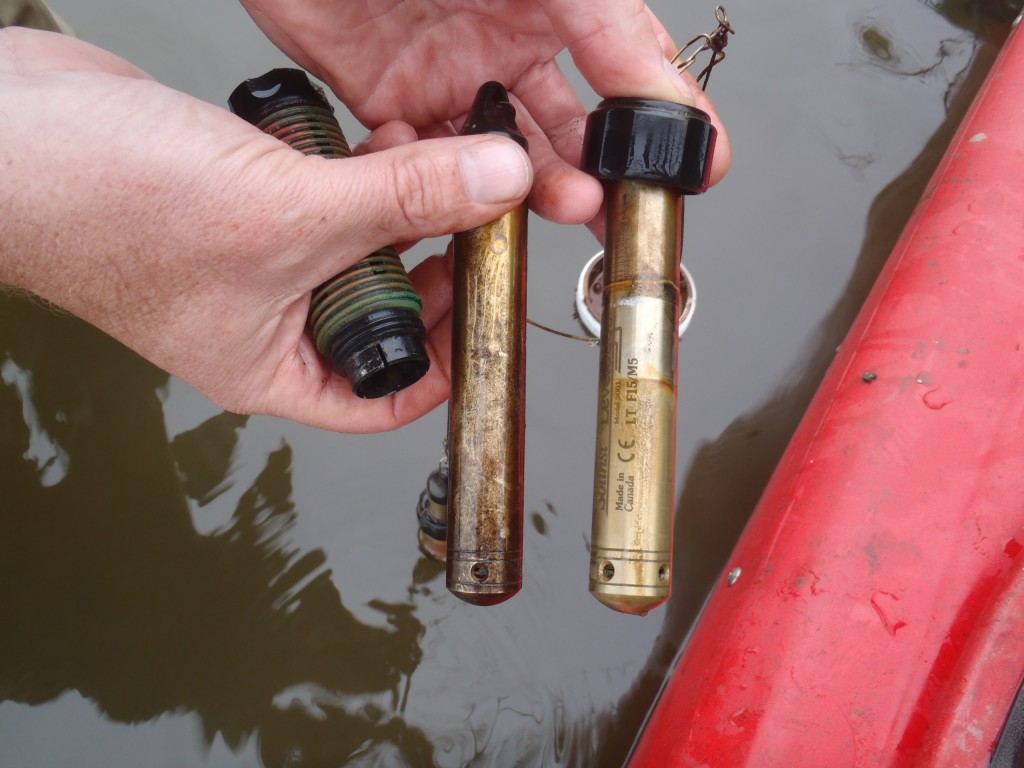Salt marshes are unique coastal ecosystems that are regularly flooded by tides. The Louis Berger Group, an internationally recognized consulting firm, is involved in numerous salt marsh restoration projects. Much of their restoration work can be seen in the mid-Atlantic states and New England.
Many of these project sites have been previously filled through development activities, or partially or even completely cut off from the tide. The reduction or loss of regular tidal flushing typically results in the expansion of invasive plants, most notably Phragmites australis, which forms a monoculture of poor ecological function. Salt marshes rank among the most biologically productive habitats on the planet, and significant losses have occurred over the past century. Myriad bird species, small fish, shellfish and microorganisms call salt marshes their home, making salt marsh restoration particularly important.
Berger’s restoration work often includes removing fill materials, restoring, and widening channels to reestablish the flow of seawater to salt marshes, followed by planting of salt marsh plant species. Monitoring the results and effectiveness of restoration measures is also conducted. Solinst Leveloggers are being used in many of these restoration efforts in the planning, construction and post-construction stages of restoration projects to monitor the changes in water levels.
The Lincoln Park Wetland Restoration Project was recently completed in the New York-New Jersey Harbor area. Berger restored the Lincoln Park wetland system as part of a project that also saw a nearby landfill redeveloped for recreational purposes. The team excavated landfill debris, reestablished tidal channels, and re-introduced native marsh and coastal scrub-shrub vegetation to restore 42-acres of new wildlife habitat, including 24 acres of tidal marsh, 11 acres of open water/mud flat, 4 acres of scrub shrub habitat and additional areas with pedestrian pathways and bridges along the Hackensack River in Jersey City, New Jersey. This project received the Coastal America 2011 Partnership Award.
A number of Leveloggers were deployed at this restoration site along the Hackensack River as a permit requirement to document tidal hydrology. Over the many months that the Leveloggers were deployed, heavy biofouling was observed on the Leveloggers. Excessive biofouling can affect the Levelogger sensors, compromising their readings. This biofouling included barnacles, mussels, bryozoans, tunicates, and other encrusting invertebrates. Biofouling increased dramatically when the waters warmed up in the springtime and these encrusting invertebrates began spawning.

A Levelogger fouled by Bay Barnacles and Platform Mussels in the Hackensack River, NJ.

Levelogger fouled by Bay Barnacles and various other Invertebrates in the Hackensack River, NJ.
During the Lincoln Park project monitoring phase, it was found that regular and frequent cleaning was required to keep the Leveloggers free of biofouling. After soaking the Leveloggers in a diluted acid solution for about one hour, the biofouling was successfully removed. Although this cleaning method was successful, and ensured that the Leveloggers kept recording accurately, it was inconvenient to have to visit the sites so frequently. A solution that could reduce the degree of biofouling and the frequency of site visits was needed.
During the Lincoln Park restoration project, Berger decided to try Biofoul Screens on their Leveloggers. Solinst Biofoul Screens simply consist of a Delrin sleeve wrapped in copper wire. The Biofoul Screens slip on to the sensor ends of the Leveloggers and are held in place with a compression fitting. The copper coiling naturally resists biofouling, while allowing water to freely enter the Levelogger sensor inlets.
The team deployed three Leveloggers, two with the Biofoul Screens, and one without as a control. The Leveloggers were deployed in September 2012.
An interesting side note: while the Leveloggers were deployed, they were able to accurately capture the storm surge from Hurricane Sandy as it hit the New Jersey coast in October 2012.
The Leveloggers were checked in December 2012, and no biofouling was observed on either the Biofoul Screens or Leveloggers (including the control Levelogger). The Leveloggers were left deployed over the winter, and were again checked in the spring. No significant biofouling was observed in April 2013.
Biofouling was expected to occur as the water temperatures warmed over the spring and invertebrate spawning commenced. Following the invertebrate spawning and recruitment period, the Leveloggers were pulled from the water.
In all, the Biofoul Screen-protected Leveloggers and control Levelogger were deployed for ten months. The results of the testing were positive. As can be seen in the photos, one of the screened Leveloggers had a few small barnacles on the bottom of the Biofoul Screen, and the other screened Levelogger had one barnacle on the Levelogger above the Biofoul Screen. Neither of the screened Leveloggers had any biological fouling near the copper coils.

Little biofouling occured on Leveloggers with Biofoul Screens. The control Levelogger had significant biofouling.
When the Biofoul Screens were removed, the screened portions of the Leveloggers were clearly in much better condition. The control Levelogger, however, did not fare as well. The control Levelogger had the typical biofouling that had been seen in previous monitoring rounds, consisting of barnacles and platform mussels.

The portion of the Levelogger under the Biofoul Screen remains in very good condition.
Tom Shinskey, Principal Environmental Scientist with The Louis Berger Group, is pleased with the results, saying “biofouling of the Leveloggers in the mesohaline waters of salt marsh restoration sites in the New York-New Jersey Harbor region were costing us extra labor and damaging our Leveloggers. Field testing of the Biofoul Screens through the spawning and recruitment periods of the macroinvertebrate fouling community demonstrated the effectiveness of this device in keeping Leveloggers free of fouling and allowing for their deployment over extended periods.”
In the end, the Berger team found a solution that they can use in future monitoring efforts. Biofoul Screens ensure that Leveloggers perform properly; even in harsh saline environments, providing reliable readings over the long term, with less time spent maintaining them.
Acknowledgement: Solinst Thanks Tom Shinskey, Principal Environmental Scientist with The Louis Berger Group, for providing details about these projects.
